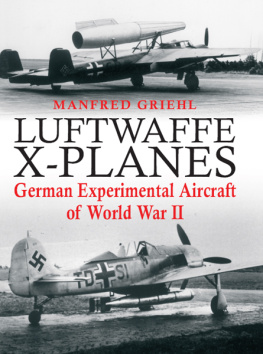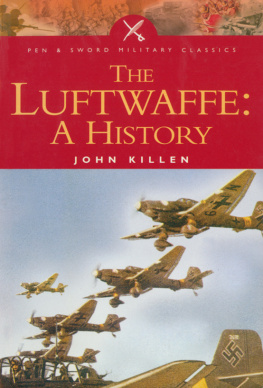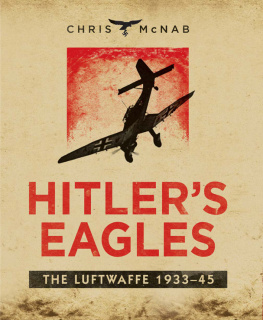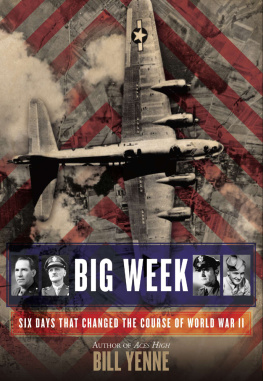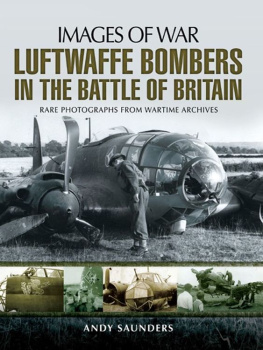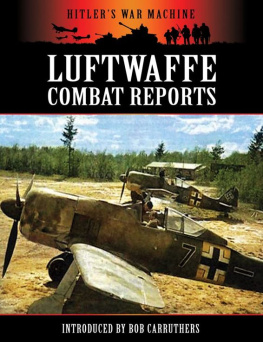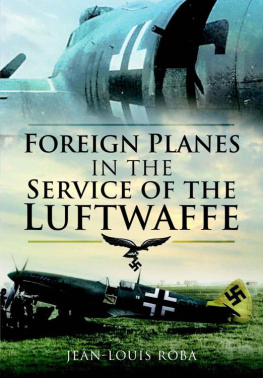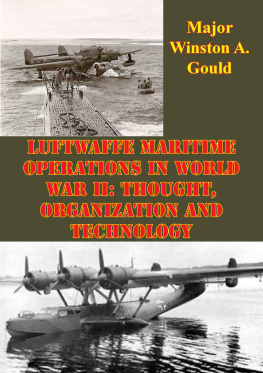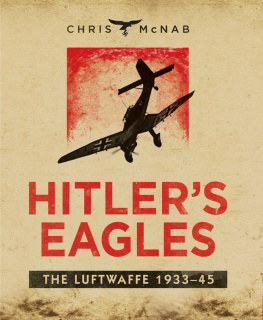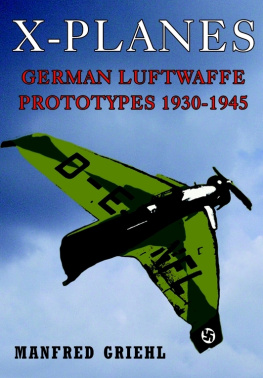Griehl - Luftwaffe X-Planes
Here you can read online Griehl - Luftwaffe X-Planes full text of the book (entire story) in english for free. Download pdf and epub, get meaning, cover and reviews about this ebook. year: 2015, publisher: Frontline Books, genre: Non-fiction. Description of the work, (preface) as well as reviews are available. Best literature library LitArk.com created for fans of good reading and offers a wide selection of genres:
Romance novel
Science fiction
Adventure
Detective
Science
History
Home and family
Prose
Art
Politics
Computer
Non-fiction
Religion
Business
Children
Humor
Choose a favorite category and find really read worthwhile books. Enjoy immersion in the world of imagination, feel the emotions of the characters or learn something new for yourself, make an fascinating discovery.
- Book:Luftwaffe X-Planes
- Author:
- Publisher:Frontline Books
- Genre:
- Year:2015
- Rating:3 / 5
- Favourites:Add to favourites
- Your mark:
- 60
- 1
- 2
- 3
- 4
- 5
Luftwaffe X-Planes: summary, description and annotation
We offer to read an annotation, description, summary or preface (depends on what the author of the book "Luftwaffe X-Planes" wrote himself). If you haven't found the necessary information about the book — write in the comments, we will try to find it.
Luftwaffe X-Planes — read online for free the complete book (whole text) full work
Below is the text of the book, divided by pages. System saving the place of the last page read, allows you to conveniently read the book "Luftwaffe X-Planes" online for free, without having to search again every time where you left off. Put a bookmark, and you can go to the page where you finished reading at any time.
Font size:
Interval:
Bookmark:

Greenhill Books
A Greenhill Book
First published in Great Britain in 2004
by Greenhill Books, Lionel Leventhal Limited
www.greenhillbooks.com
This edition published in 2015 by Frontline Books

an imprint of Pen & Sword Books Ltd,
47 Church Street, Barnsley, S. Yorkshire, S70 2AS
Copyright Lionel Leventhal Ltd, 2004
ISBN: 978-1-84832-789-4
PDF ISBN: 978-1-47389-700-7
EPUB ISBN: 978-1-47389-699-4
PRC ISBN: 978-1-47389-698-7
All rights reserved. No part of this publication may be reproduced, stored in or introduced into a retrieval system, or transmitted, in any form, or by any means (electronic, mechanical, photocopying, recording or otherwise) without the prior written permission of the publisher. Any person who does any unauthorized act in relation to this publication may be liable to criminal prosecution and civil claims for damages.
CIP data records for this title are available from the British Library
For more information on our books, please visit
or write to us at the above address.
Printed and bound by CPI Group (UK) Ltd, Croydon, CR0 4YY
Contents
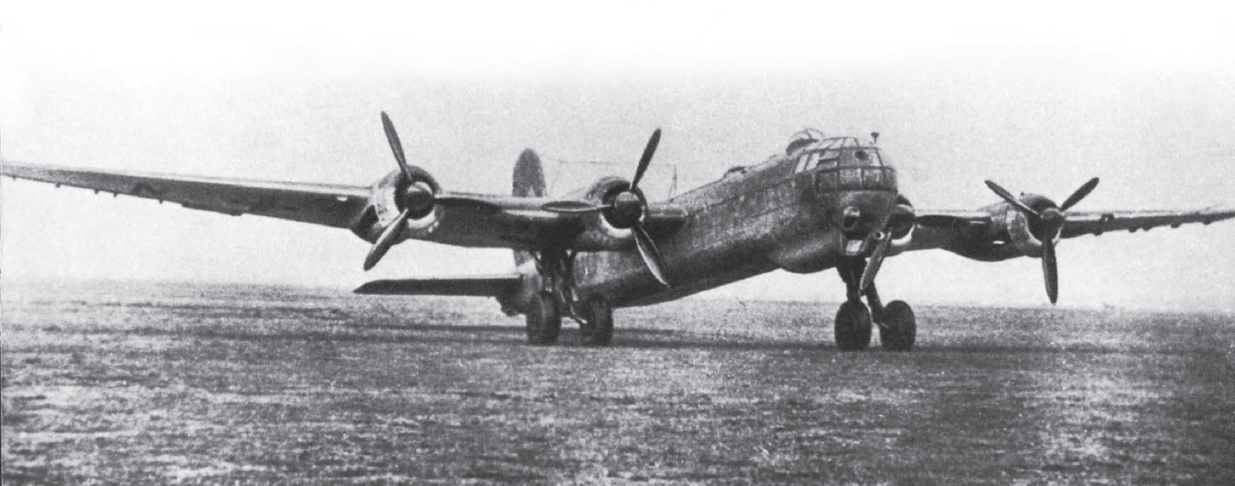
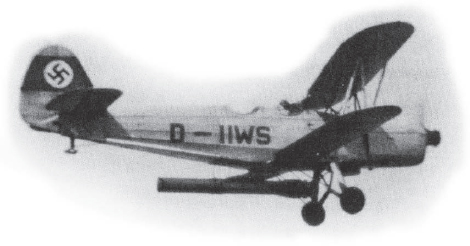
Luftwaffe X-Planes
German Experimental and Prototype Aircraft of World War II
Preface
The development and evaluation of German prototype and experimental aircraft was largely carried out by the various German aircraft manufacturing companies at their own private airfields. All of the major German aircraft producers also employed their own skilled pilots, although these pilots typically boasted the technical know-how of an aeronautical engineer. A pilot such as this would be termed a Flugzeugbaumeister or aircraft master engineer. Only after passing the first stage of flight testing under company supervision by the local Einflugbetriebe (aircraft testing team), was a prototype experimental aircraft handed over to the Luftwaffe. After the initial testing of each of the major parts of an aircraft, typically the airframe, the engine(s) and installed ancillary equipment, new machines were tested by the Kommando der Erprobungsstellen, or KdE (Evaluation Sites Command), which itself fell under the command of the Reichsluftfahrtministerium, or RLM (Reich Air Ministry). Under the auspices of the KdE, several Luftwaffe evaluation sites were established to fulfil specifically the roles of testing the various parts (as above) of any new aircraft. After passing comprehensive tests, a new aircraft, together with its prototypes or pre-series aircraft, would be dispatched to an evaluation unit (or units), designated as either an Erprobungskommando (Evaluation Command) or an Erprobungsstaffel (Evaluation Squadron). Full test documentation accompanied these aircraft describing both the types tactical performance and its technical parameters.
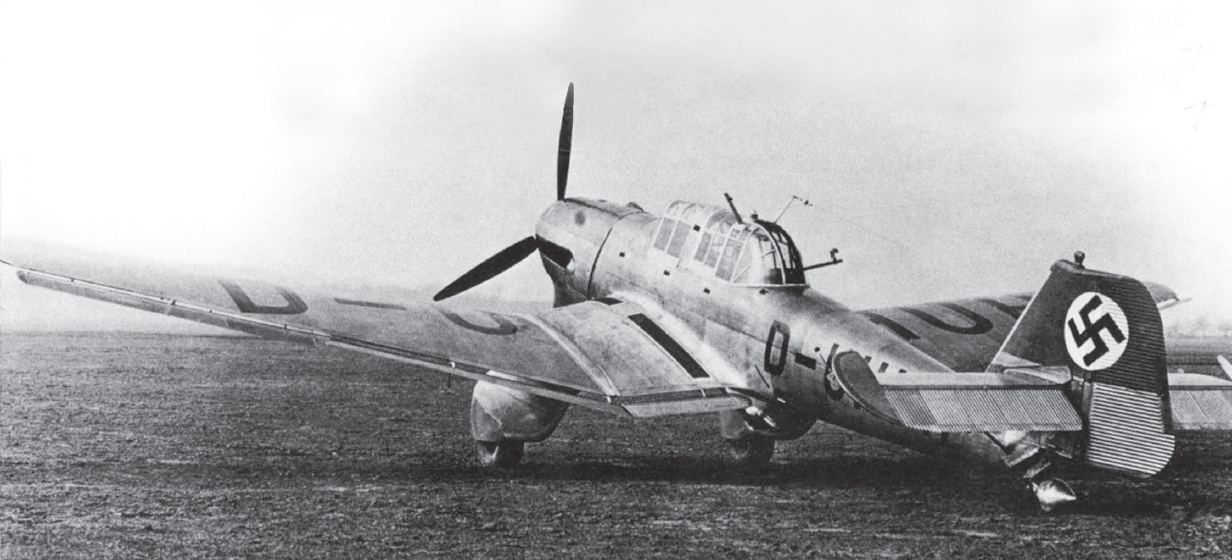
Early years of aircraft evaluation in Germany
Following the dissolution of the German aviation industry after the end of World War I, Germanys former aircraft producers (and a few new ones) commenced, in secret, the design and development of new aircraft types without the permission (permission being required) of the Allied authorities. At first, only small single-seat fighters were constructed, these being built in rather small quantities. Later on however, medium and heavy bombers such as the Dornier Dol 1 and the Do 13 were developed and handed over to Lufthansa and other civilian firms, disguised as large transport aircraft, in order to gain these firms help in carrying out a long-term evaluation.
During the growth period of the new German air force between 1935 and 1945, it became necessary to evaluate many aircraft designs in all categories, ranging from small one-engined- to powerful six-engined aircraft as produced by the various German aircraft manufacturers. Many new types were developed in Germany during the period of relative peace preceding World War II, yet because German resources, even then, proved to be limited, it was ordered by the RLM that a small number of prototype aircraft, typically three, were built by the various firms bidding for the same contract. As an example of this, the development of a prototype heavy four-engined bomber as offered out to Dornier and Junkers (amongst others), resulted in a contract to manufacture only a small batch of Do 19s and Ju 89s. Inkeeping with RLM practice, all of these developments were tested both by the various aircraft producers and the Luftwaffe evaluation sites simultaneously. Before 1935, the responsibility for and organisation of aircraft development and testing was veiled in secrecy using special designations for the various new aircraft designs taking shape at German airbases, or indeed moving development abroad to places such as Switzerland, Sweden or the USSR. While Dornier tested new aircraft at Altenrhein near the Swiss shores of Lake Constance for example, Junkers worked on new combat aircraft in both Sweden and Russia. Other military designs, especially those for long-range land- and sea-based aircraft, were produced by Dornier or Rohrbach at Italian and/or Danish production sites.
Furthermore, at a secret test site at Lipetsk in the USSR, aircraft research and development was jointly undertaken by the aviators and engineers of the USSR and the German Reichswehr. Because the Treaty of Versailles did not allow Germany to develop its own military aviation industry after the end of World War I, the German Supreme Command asked for Russian assistance. The Russians, for their part, were looking for both new techniques in air warfare and modern combat aircraft with which to equip the Red Army With no influence or interference from the Inter-Allied Control Commission, the USSR and Germany planned to issue any aircraft jointly developed to their respective tactical training units to the Red Army in Russias case and, in Germany to the secret military flying organisation under the command of the Reichswehr (the German army from the end of WW I to 1933). During the summer of 1921, the Germans tried to produce powerful single- and twin-engined combat aircraft capable of carrying out both day- and night-raids. Several types of Junkers aircraft were tested by the German authorities in Russia. A so-called flying school was established in Russia, tasked with carrying out frontline evaluation of new military types of German aircraft, far away from the prying eyes of controlling Allied officers in Germany. The first attempt at this frontline testing of new types was begun in the summer of 1928. Virtually all German designs capable of military use, such as new bombers, were transported to Lipetsk. For example, the Rohrbach RoVIII Roland was flown to Russia and tested as an auxiliary bombardment aircraft, but with only limited success. Additionally smaller aircraft, for example the HD 38 and HD 45, the Heinkel He 59 and Do F (Do 11) and Do P, were brought to Russia and evaluated under simulated combat conditions by German pilots and crews, before the final closure of the Reichswehr flight test centre at Lipetsk in August 1933.
From 1933, only very few German aircraft development and testing establishments remained abroad, these being in southern and northern Europe. However, at this time a wholly new organisation was established to fulfil aircraft evaluation and testing on an altogether larger scale than before. This work was to be undertaken by the
Next pageFont size:
Interval:
Bookmark:
Similar books «Luftwaffe X-Planes»
Look at similar books to Luftwaffe X-Planes. We have selected literature similar in name and meaning in the hope of providing readers with more options to find new, interesting, not yet read works.
Discussion, reviews of the book Luftwaffe X-Planes and just readers' own opinions. Leave your comments, write what you think about the work, its meaning or the main characters. Specify what exactly you liked and what you didn't like, and why you think so.

